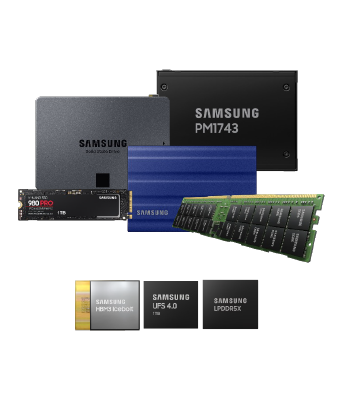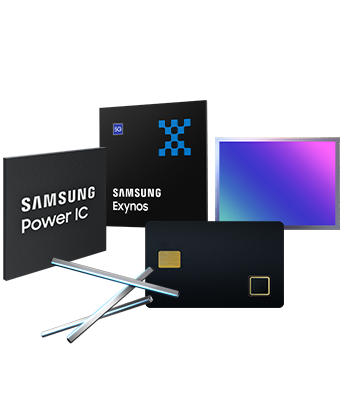Fast-Facts
MANAGEMENT
-
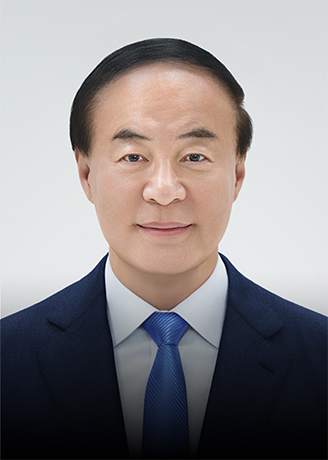
Young Hyun (YH) Jun
Vice Chairman and CEO -
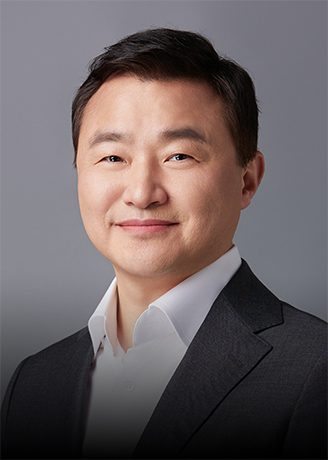
TM Roh
President and CEO
Financial Performance * Based on FY 2024 consolidated statements (KRW trillion)
Profit 34.5
MAIN BUSINESS AREAS
-
Samsung Electronics is divided into two divisions, DX (Device eXperience) and DS (Device Solutions),
operated independently according to product characteristics.
The DX Division produces and sells finished products such as TVs, refrigerators, washing machines, air conditioners,
smartphones, network systems, computers and medical equipment.DX (Device eXperience) Division
-
Visual Display Business

-
Digital Appliances Business
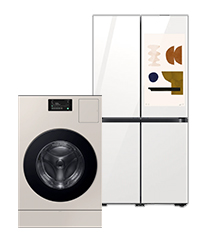
-
MX (Mobile eXperience) Business
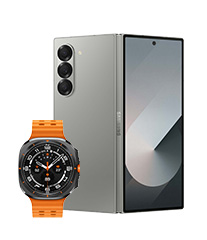
-
Networks Business
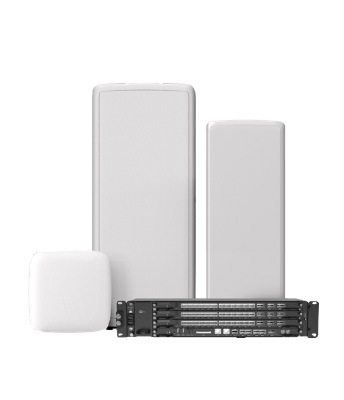
-
Health & Medical Equipment Business
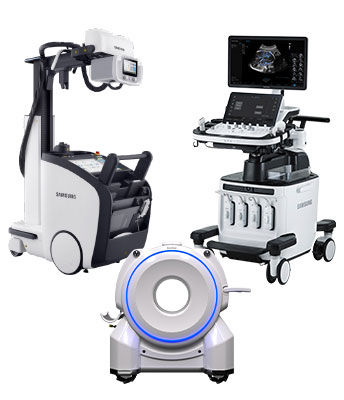
-
Leading Innovation
Samsung Electronics envisions “AI for All: Connectivity in the Age of AI” through technological innovations in AI, 5G and 6G networks and automotive electronics.
-

Artificial
Intelligence -

5G & 6G
-
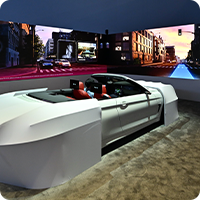
Automotive
Electronics -
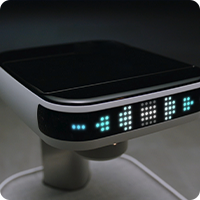
Robotics
GLOBAL NETWORK
Over 260,000 Samsung Electronics employees work at more than 240 global bases in 76 countries (as of late 2024)
-
262,647Employees
-
more than240Global Bases
-
76Countries
-
15Regional Offices
-
33Production Sites
-
40R&D Centers
-
7Design Centers
-
109Sales Offices
Environmental Strategy
Samsung Electronics has established an environmental management strategy with specific mid- to long-term goals and implementation methods that aim to contribute toward the preservation of the environment.
-
 Climate
Climate
Action-

2030
Aim to achieve net zero
carbon emissions in DX Division (Scope 1&2) -

2030
Plan to reduce power
consumption by 30% on average of major models of seven consumer electronics products -

2050
Aim to achieve company-widenet zero carbon emissions (Scope 1&2)
-
-
 Circular
Circular
Economy-

2030
Apply recycled plastic to 50% of plastic partsused in DX products
-

2050
Aim for all plastic used in DX productsto incorporate recycled plastic
-

2050
Aim to collect
25 million tonnes of e-waste cumulatively
-
-
 Clean Tech
Clean Tech
Innovation-

2030
Develop carbon capture technology for semiconductor business sites Expand the use of particulate matter reduction technology
-

After 2030
Apply carbon capture
technology to semiconductor
manufacturing facilities
-
-
 Sustainability in
Sustainability in
Operations-

2030
Aim to restore
100% of water used by DX Division -

2030
Aim to achieve zero
increase in water withdrawal for
DS Division -

2040
Remove water pollutants generated during the semiconductor production process and reduce discharged pollutants to natural levels with minimalenvironmental impact (DS Division)
-




